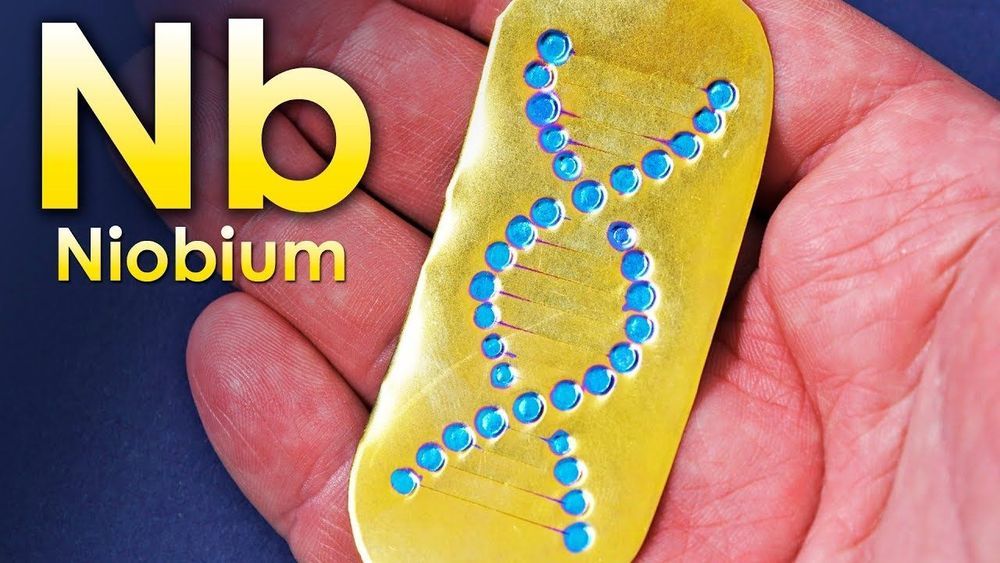Thanks for the niobium metal: http://www.samaterials.com/
Patreon: https://www.patreon.com/Thoisoi?ty=h
Facebook: https://www.facebook.com/thoisoi2
Instagram: https://www.instagram.com/thoisoi/
Do not repeat the experiments shown in this video!
So, today I will tell you about the metal that can replace gold, about niobium.
In the periodic table of chemical elements, niobium is placed in the 5th group, between vanadium and tantalum.
It got its name in the honor of Niobe, the daughter of the ancient Greek king Tantalus, and this is not a coincidence, because the properties of niobium and tantalum are very similar and at first sight they are quite hard to distinguish.
Niobium is mined from the mineral columbite, where tantalum is also present.
Because of that, until 1949 in the US, niobium was also called columbium, as in the 19th century, American scientists sometimes considered tantalum and niobium the same element and did not think about new names.
Now, when obtaining niobium from ore, it is purified from tantalum and other metals, and so pure niobium pentoxide is acquired, which is then subsequently dissolved with hydrofluoric acid, thereby obtaining complex niobium compounds.
Which are then reduced by the metallic sodium to a metallic state.
After such a process, what is obtained is a high-purity niobium which in its appearance resembles a white and a malleable metal.
If you compare its appearance with tantalum, then you can immediately see the difference in that tantalum has a more shiny surface, though it might be just the way they produce these rods.
Also niobium is about 3 times cheaper than tantalum.
Due to its high plasticity, it is easy to make a niobium foil, which is much harder to distinguish from the foil of tantalum.
Although, there is one way, as the density of niobium is almost 2 times less than that of tantalum, therefore these metals can be easily distinguished by means of scales.
